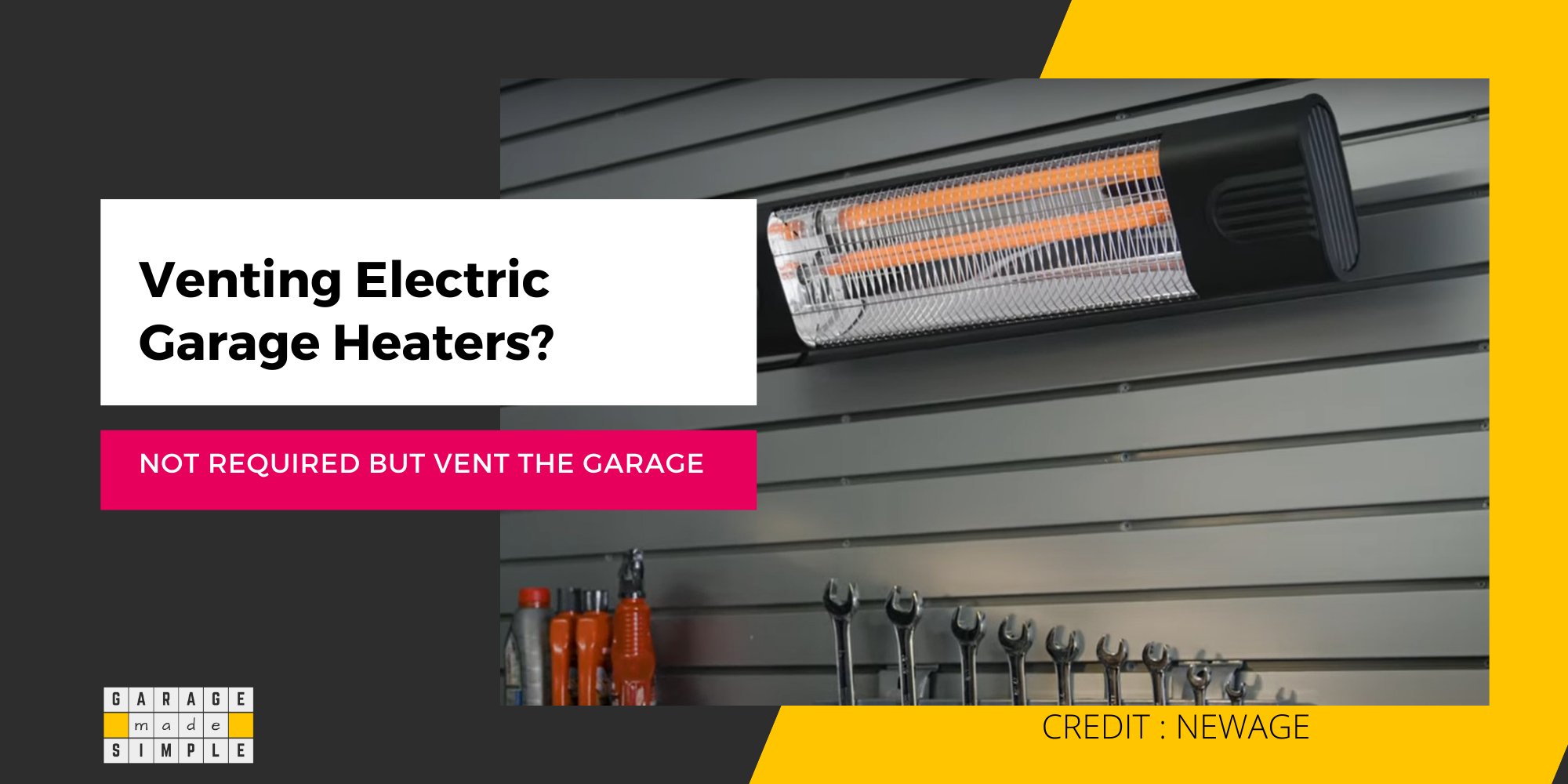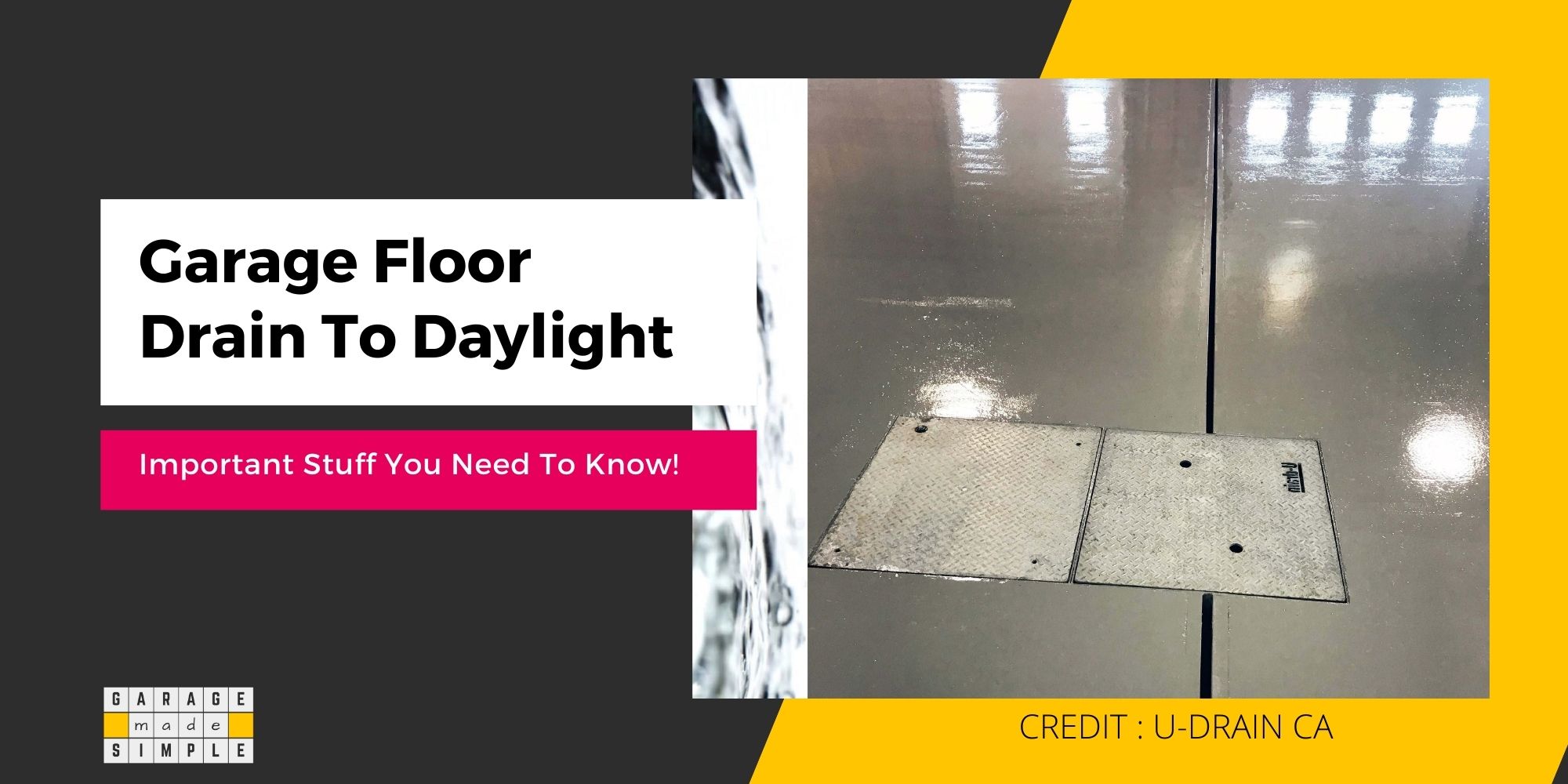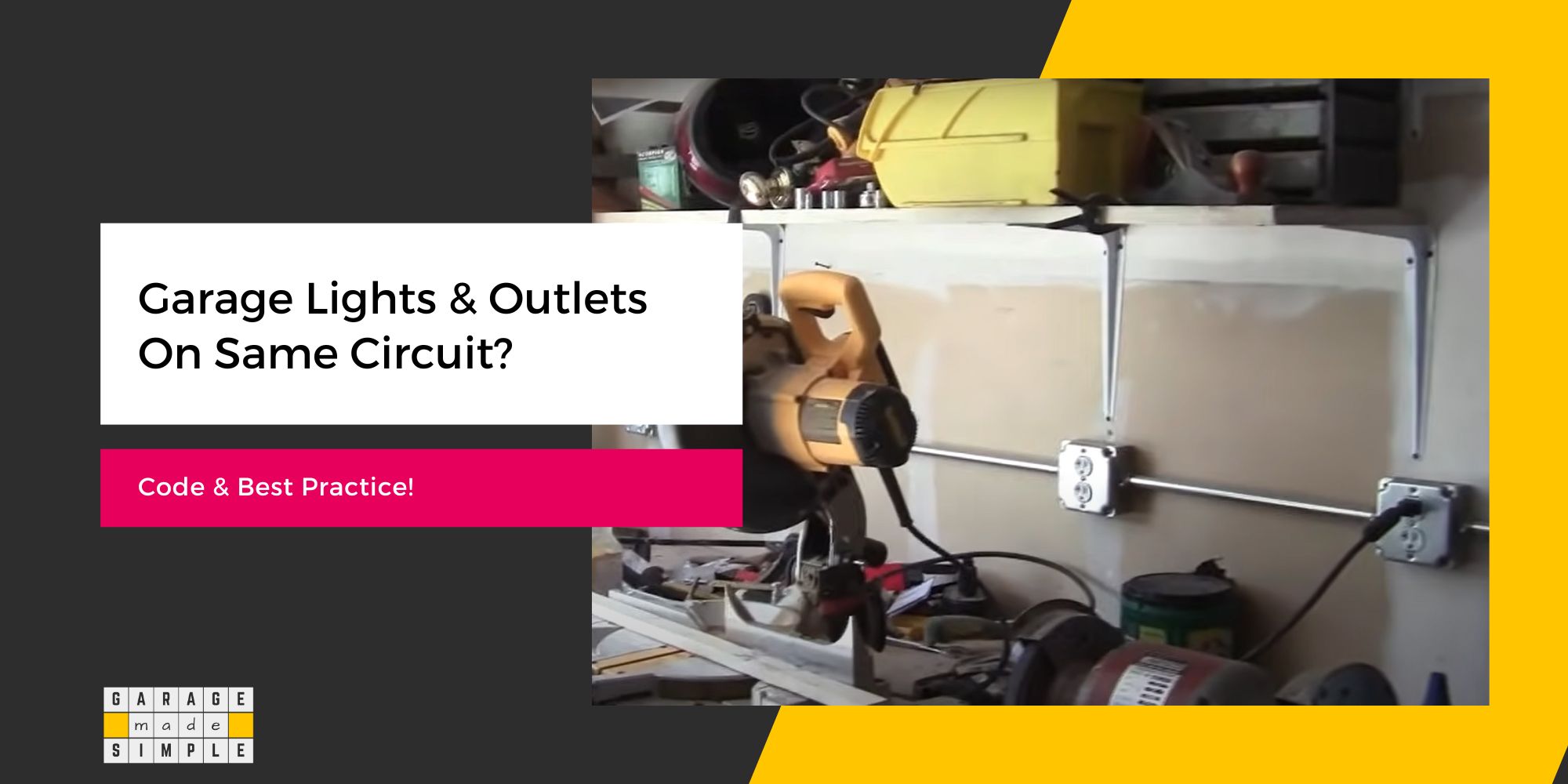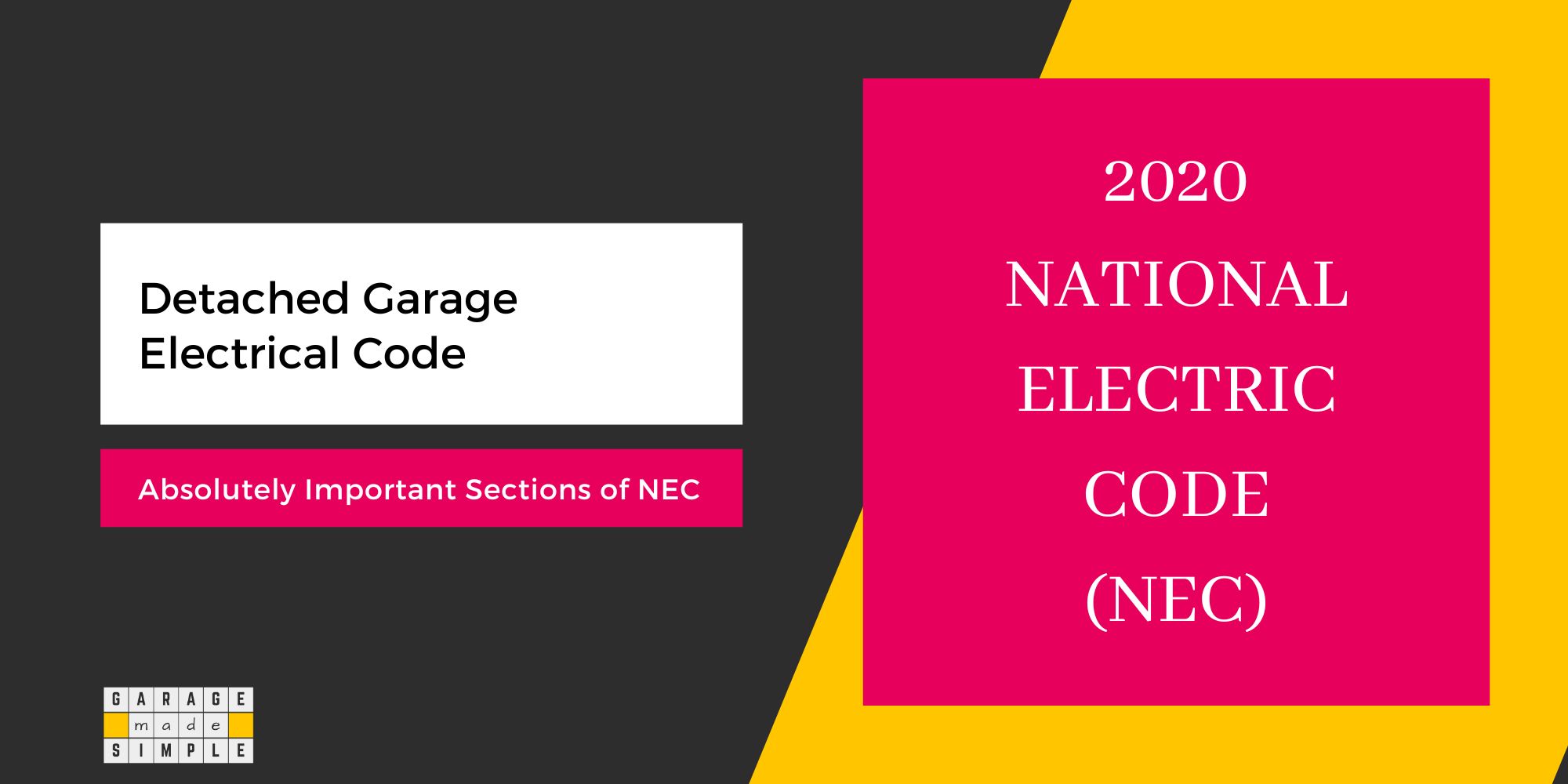Does Garage Subpanel Need a Main Breaker? (Truth Worth Knowing!)
As an Amazon Associate, I earn from qualifying purchases.
Does a Garage Subpanel Need a Main Breaker?
Did you just complete your new detached garage? The NEC code requires you to install a subpanel in a detached garage. A feeder cable draws the power from the main panel in the house to the subpanel in the detached garage. Even an attached garage may have its own subpanel for convenience. Whatever the case, does a garage subpanel need a main breaker?
The NEC code does not require a garage subpanel to have a main breaker. The subpanel receives power from the feeder breaker in the main panel which will trip in case of any malfunction in the branch circuit.
However, installing a main breaker in the detached garage subpanel lets you shut off power in all the branch circuits at the flip of a switch. This is very convenient for fault finding or conducting repairs in the detached garage electrical system.
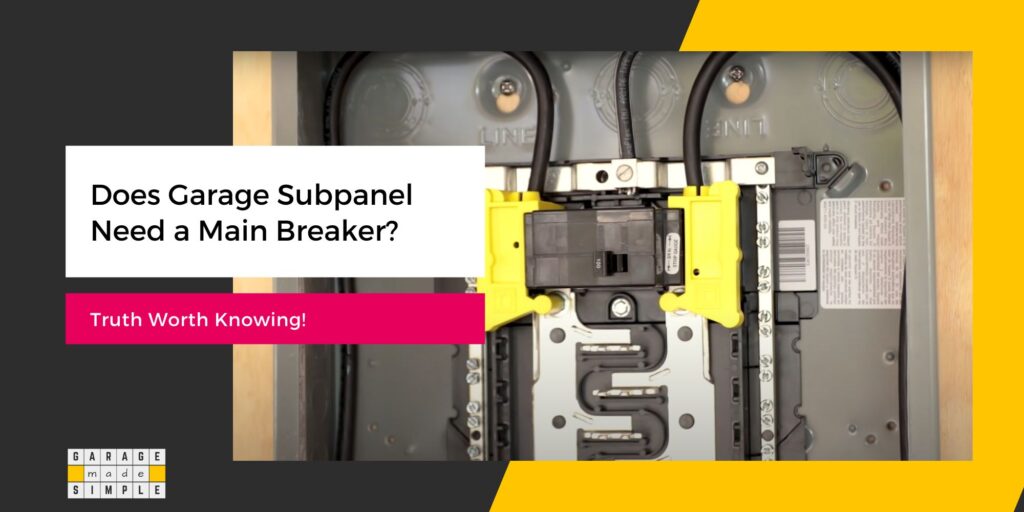
What Is the Difference Between Main Panel and Subpanel?
There is little difference between a subpanel and the main panel when it comes to functionality. A subpanel just looks like a smaller version of the main panel. Nonetheless, there are a few differences as under:
- Subpanel is smaller than the main panel
- The main panel gets its power directly from the grid but the subpanel gets its power from the main panel
- The ground and neutral bus are disconnected in the subpanel but connected in the main panel
- The main panel must have a main breaker as per 2020 NEC code. The 2020 NEC code does not require a subpanel to have a main breaker. However a subpanel may have a main breaker to comply with the local code or simply for the sake of convenience
Why Do You Need a Main Breaker in the Main Panel?
The main breaker in the main panel serves two important functions.
To Trip in Case of Overload
The main panel has a number of branch circuit breakers arranged in two vertical columns. An individual circuit breaker will “trip” (switch off) if the current in that circuit exceeds a limit. It does so to protect the circuit from overheating and catching fire in case of an overload.
The main circuit breaker works exactly like the branch circuit breakers, except it is bigger and precedes all the branch circuits. The main circuit breaker in the main panel will “trip (switch off) in case of an overall overload or a system malfunction.
This is very rare though as the individual branch circuit trips much before there is a need for the main circuit breaker to trip.
To Shut Off the System
The main circuit breaker can be used to shut off the power to the entire house in case of an emergency or for any major electrical work. All the branch circuits of the house can be de-energized by the flick of just the main circuit breaker.
The correct procedure for a complete system shut off is as under:
- Switch off each individual circuit breaker, one after the other
- Switch off the main circuit breaker
The correct procedure for turning the system on again is in reverse:
- Switch on the main circuit breaker
- Switch on each individual circuit breaker, one after the other
It is important to follow the correct procedure to prevent sudden power demands by the electrical system.
Why is a Main Breaker Not Required in a Subpanel?
The 2020 NEC code does not require that a main breaker be installed in a subpanel.
The subpanel gets electricity from the main panel through a feeder cable that consists of 4 wires as under:
- 2 lines that are ungrounded conductors or “hots”
- 1 line that is a grounded conductor or “neutral”
- 1 line that is an equipment grounding conductor or “ground”
At the subpanel end the two hot wires are connected to the lugs on the hot bus bars, the neutral wire is connected to the neutral bus bar, and the ground wire is connected to the ground bus bar.
At the main panel end the two hot wires are connected to the new feeder circuit breaker, the neutral wire is connected to the neutral bus bar, and the ground wire is connected to the ground bus bar. The feeder breaker is snapped into an open double slot in the main panel.
The feeder circuit breaker in the main panel, essentially, eliminates the need for a main circuit breaker. Should there be a malfunction in the subpanel or one of the downstream branch circuits the feeder circuit breaker would trip.
When is a Main Breaker Required in a Subpanel?
Even though the 2020 NEC code does not require that a main breaker be installed in a subpanel, the local code may require it. The requirement of a local code overrides that of the NEC code. So be sure to check the local code!
Another reason for installing a main circuit breaker in a detached garage subpanel is convenience. Imagine trudging between the detached garage and the main house just to reset the feeder circuit breaker. Not a pleasant thought, especially in inclement weather!
In my opinion, even an attached garage needs a dedicated subpanel with its own main circuit breaker. This way you are not disturbing the other family members as you work on your DIY project and frequently overload power tools or other equipment.
DISCLAIMER: What Is the Safest Way to Handle Electrical Wires?
This post is for information only. I strongly recommend that all electrical work should be entrusted to licensed professional electricians. In case you do decide to do some of the work yourself, make sure that:
“Treat all electrical wiring, even “de-energized” ones as if it is live, unless it has been locked out and tagged”
You must follow the basic safety guidelines:
- Use protective eyewear, especially when drilling or grinding metal
- Wear insulated rubber gloves when working on any circuit or branch circuit
- Always use insulated tools while working with electricity
- De-energize the electrical wires on which you will be working. Tag the circuit breaker to prevent someone from switching it on accidentally
- Electrical wiring in wet or damp locations or underground must be within a PVC conduit
- Underground wiring conduits should be at least 18 inches below grade as per code
- All receptacles for equipment that could be in wet or damp locations should be equipped with Ground Fault Circuit Interrupter (GFCI)
- Never use old frayed cables, damaged insulation, or broken plugs
- High-voltage equipment should be properly grounded to ensure electricity flows directly to the ground and not through the person in contact with the live wire
Thank you very much for reading the post. I do hope you found it informative and useful.

